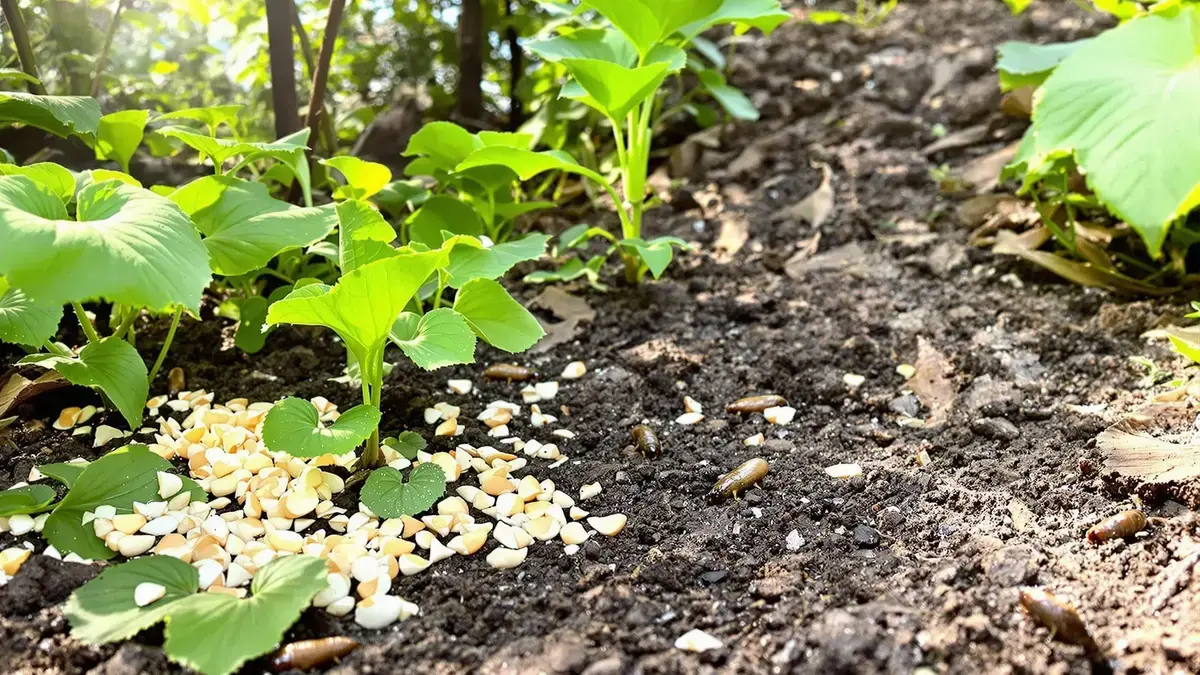In the garden, slugs can harm the health of plants. However, two surprising waste products turn out to be valuable allies. Eggshells, with their sharp texture, act as a natural repellent by deterring these mollusks. At the same time, coffee grounds, with their strong odor and toxic caffeine, reinforce this battle. Together, they not only protect the plants but also enrich the soil with calcium, thereby promoting beneficial microorganisms.
The essential information
- Use eggshells as a natural repellent against slugs.
- Coffee grounds provide protection through their smell and caffeine.
- Apply these solutions around sensitive plants for better effectiveness.
- Improves soil quality and promotes beneficial microorganisms.
Eggshells: a natural repellent against slugs
Eggshells prove to be an effective and eco-friendly way to protect plants from slugs. Their sharp texture discourages these slippery mollusks, making it difficult for them to pass. For optimal effectiveness, it is advisable to crush the eggshells and let them dry before placing them around vulnerable plants. This simple gesture not only offers protection but also contributes to enriching the soil with calcium as the shells decompose.
Coffee grounds: a smelly asset
Coffee grounds are another powerful ally in the fight against slugs. Due to their strong odor and the presence of caffeine, they act as a real poison for these pests. To use them effectively, dry the grounds and then sprinkle them around sensitive plants. It is important to reapply after each rain to ensure effectiveness. In addition to keeping slugs away, coffee grounds improve soil quality and promote the development of beneficial microorganisms.
This Popular English Drink Repels Pests: An Unexpected Garden Tip
Preventing slug invasions
Prevention methods are also essential to keep slugs away from the garden. It is recommended to remove anything that could serve as a hiding place, such as debris or leaves that create moisture. Additionally, it is wise to store gardening tools indoors to avoid them becoming shelters for these pests. By adopting these practices, gardeners can minimize the risk of invasion while incorporating natural solutions into their gardening routine.
















